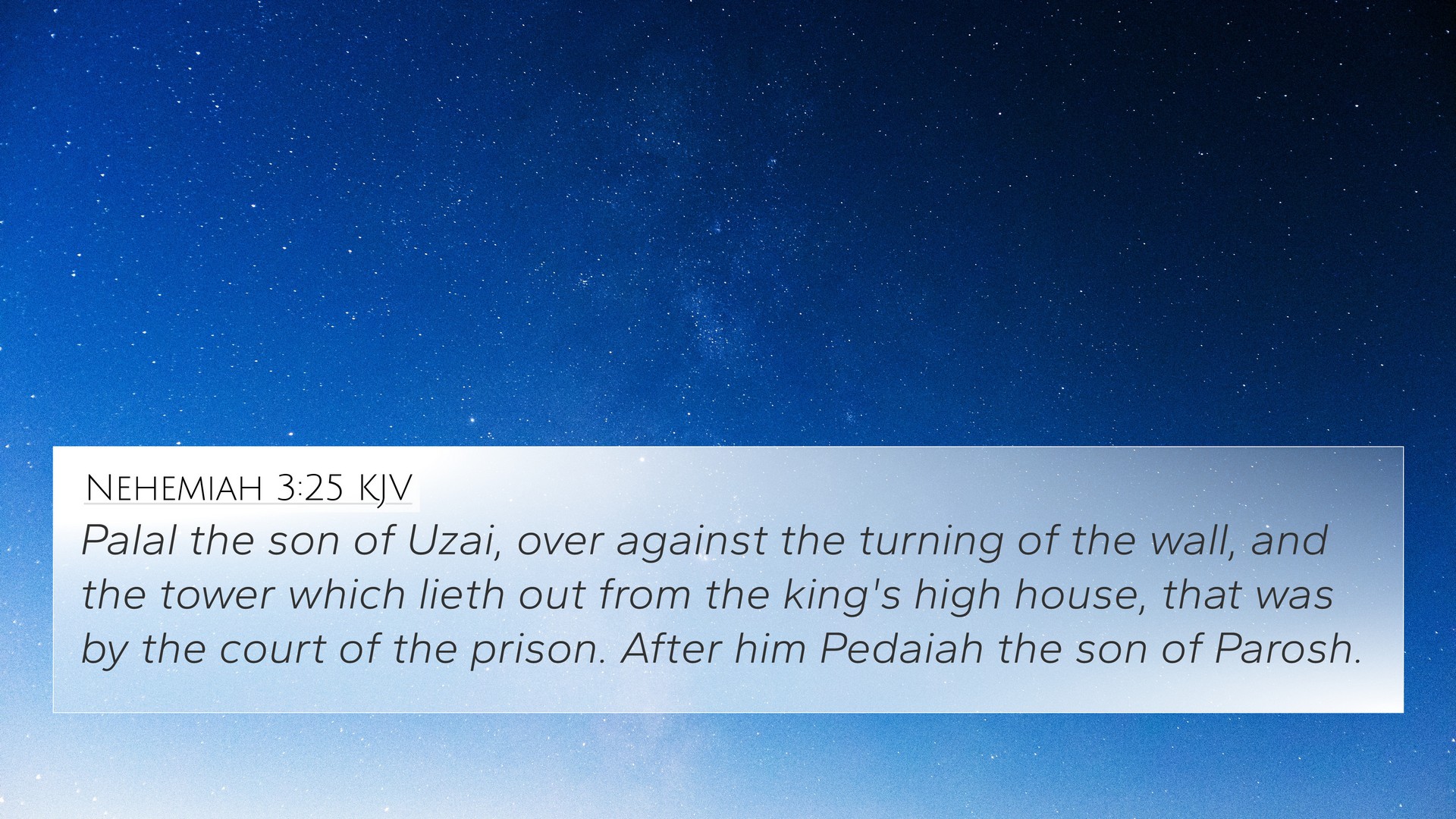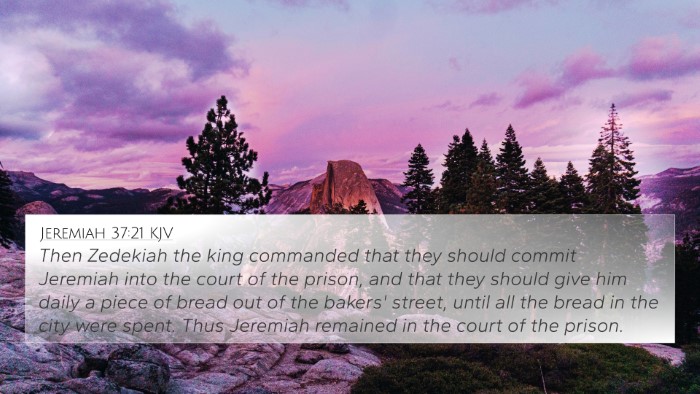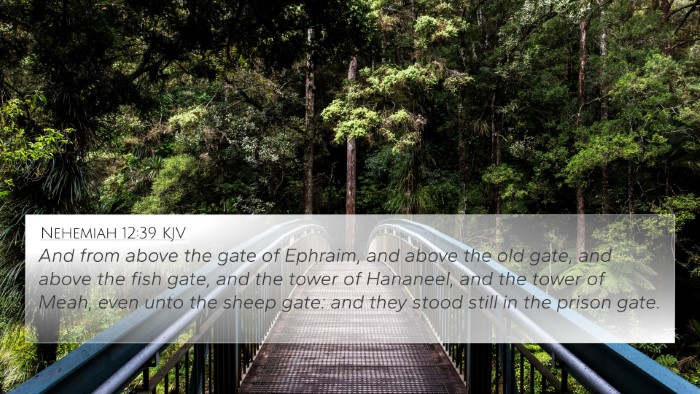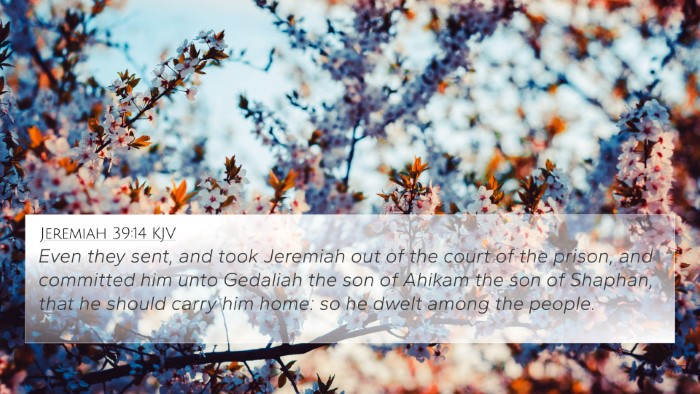Understanding Nehemiah 3:25
Nehemiah 3:25 (KJV): "And Palal the son of Uzai, over against the turning of the wall, and the tower which lieth out from the king's high house, that was by the court of the prison: after him Pedaiah the son of Parosh." In this verse, we see the efforts and contributions of individuals in the rebuilding of Jerusalem's walls, illustrating the collaborative effort necessary for community restoration.
Summary of the Verse
This verse highlights the involvement of various individuals in the reconstruction of Jerusalem's walls after the Babylonian exile. Nehemiah records the names of the builders and their specific locations, which serves to recognize their hard work and dedication. It emphasizes the importance of community and teamwork in achieving common goals.
Bible Verse Cross-References
- Nehemiah 2:17: Nehemiah encourages the people to join in the rebuilding effort.
- Ezra 3:10: Refers to the foundation of the temple being laid with the help of the priests and Levites.
- Hebrews 10:24: Encourages believers to consider how to spur one another on towards love and good deeds.
- 1 Corinthians 3:9: Paul speaks of Christians as co-workers in God’s service.
- Ecclesiastes 4:9-10: Highlights the advantage of working together versus working alone.
- Matthew 18:20: Jesus emphasizes the strength of collective prayer and unity in His name.
- Acts 4:32: The early church shared everything in common as they built the kingdom.
Insights from Commentaries
Matthew Henry: Matthew Henry notes that in the rebuilding of the walls, every individual mattered and their roles were significant. He emphasizes how this reflects on the nature of community, where each person contributes according to their ability and position. The presence of names serves not only to encourage the builders but also as a historical record of their perseverance and collective effort.
Albert Barnes: Albert Barnes provides insight into the geographical significance of the locations mentioned. He points out that the "turning of the wall" indicates strategic areas that were vital for defense. Barnes highlights that understanding the locations helps grasp the broader context of Nehemiah's mission as not just spiritual but also physical and militaristic in nature.
Adam Clarke: Adam Clarke adds depth by interpreting the names mentioned. He stresses that every builder is important, and the mention of their lineage suggests that the work of restoration is a continuation of God's covenant with Israel. This underscores the notion that the work of the Lord is intergenerational and rooted in historical faithfulness.
Thematic Bible Verse Connections
This verse resonates with themes of:
- Restoration: The act of individual contributions leading to communal restoration speaks to the heart of God's redemptive plan.
- Community Engagement: The emphasis on involving various members reflects the importance of the body of Christ working together.
- Purposeful Action: Each name carries weight, suggesting that everyone has a role to play in God’s work, akin to how all members of the body have specific functions (1 Corinthians 12).
Conclusion
Nehemiah 3:25 serves as a reminder of the power of collective effort in fulfilling God's commands. The verse is an example of how individual contributions lead to significant outcomes in the community's journey toward restoration. By cross-referencing with other scriptures, we see a consistent theme of collaboration, purpose, and faithfulness throughout the biblical narrative.
Further Study
For those interested in delving deeper into cross-referencing methods, various resources are available:
- Utilizing a Bible concordance to find similar themes.
- Employing cross-reference guides for a broader understanding of interconnected scriptures.
- Exploring cross-reference Bible study methods to enhance personal or group study dynamics.
Explore the connections between various verses to gain richer insights into the collective narrative of the Bible.












